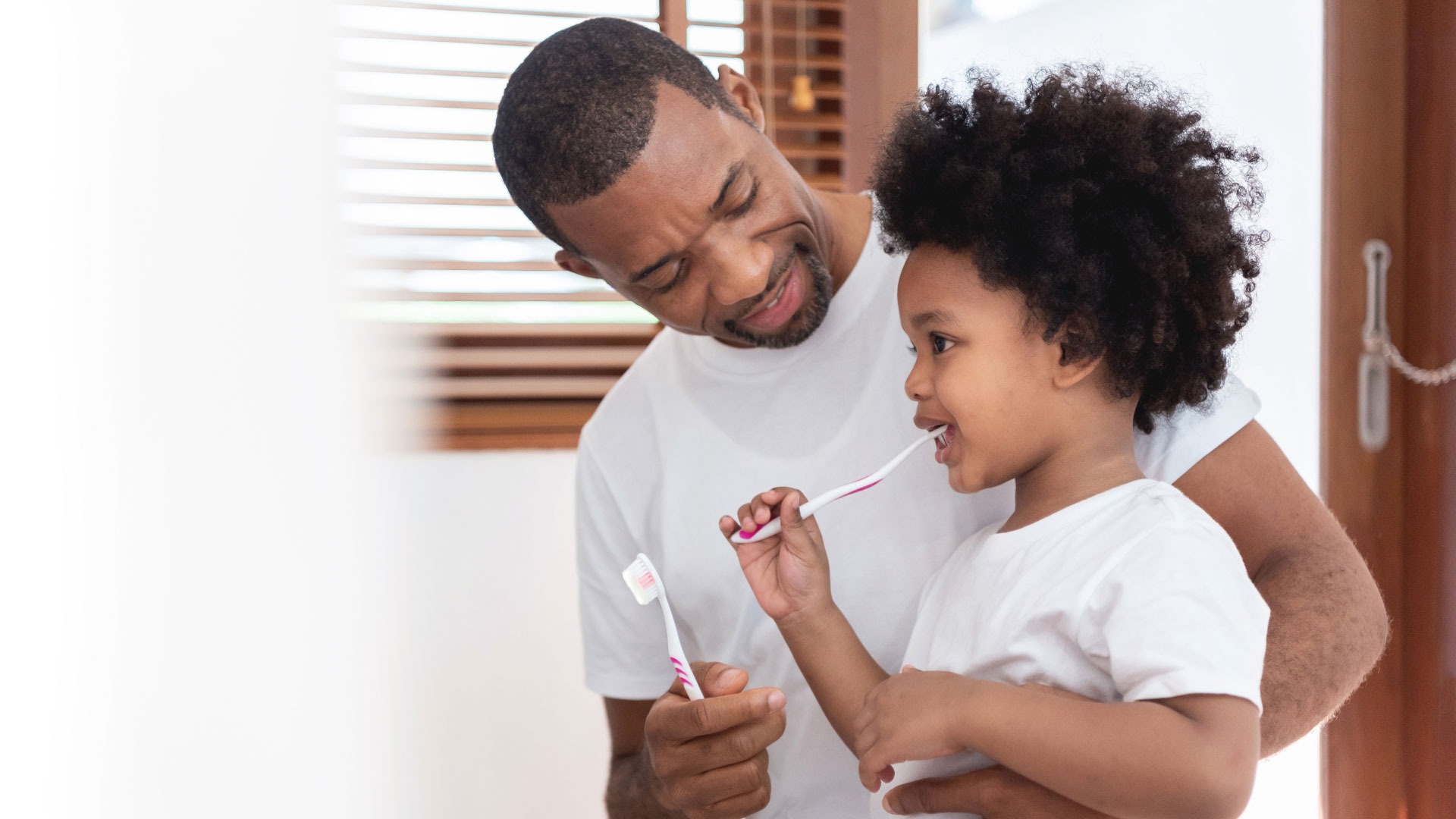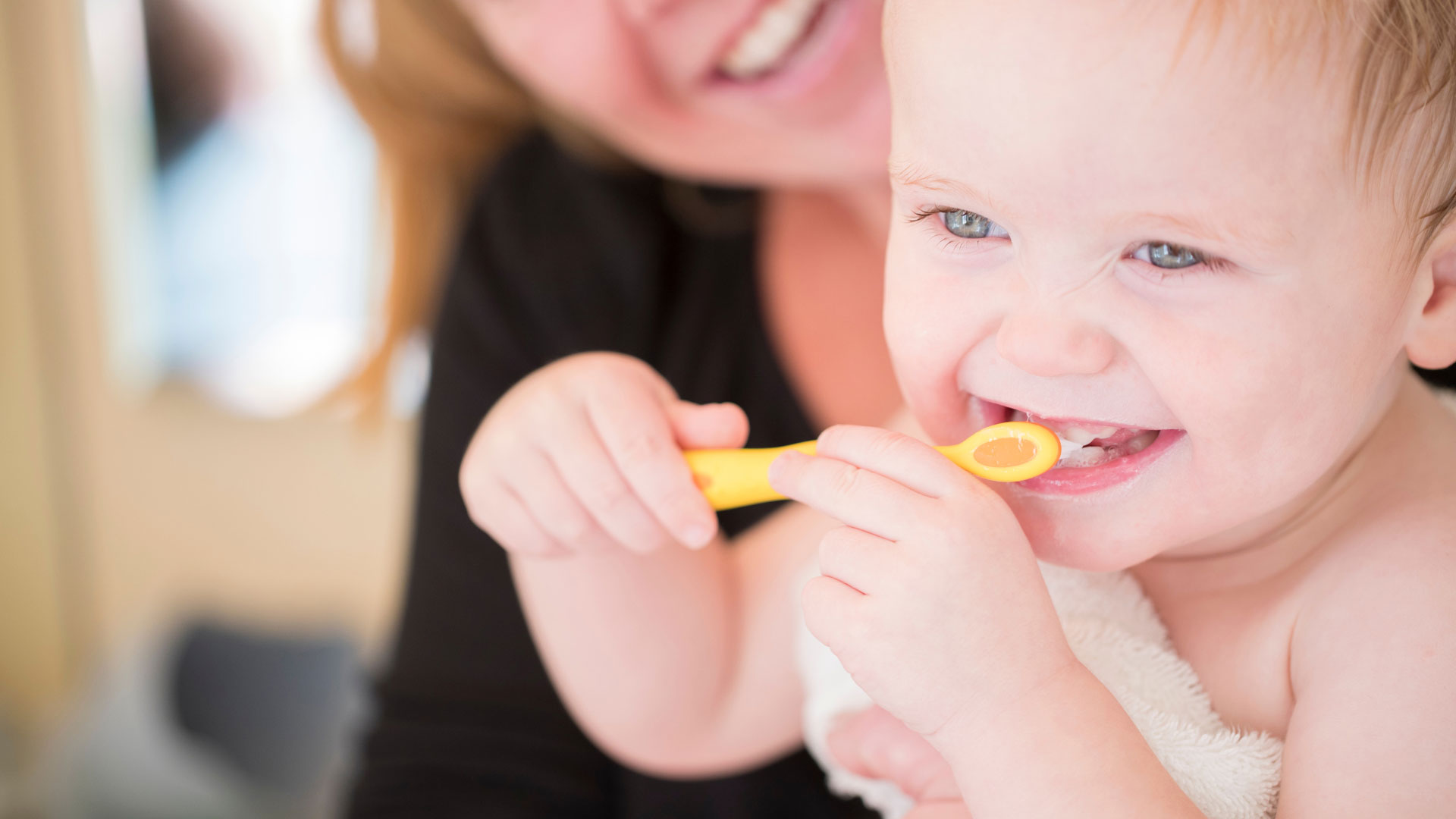As parents, we all want the best for our kids—including those little smiles we love so much! But knowing when to start brushing your child’s teeth and how to make it a regular, positive routine can feel overwhelming. You might wonder, “Do baby teeth really need all that attention if they’re going to fall out anyway?” The answer is yes! Establishing good oral hygiene habits early on not only keeps their teeth and gums healthy now, but it also sets them up for a lifetime of strong, confident smiles. Let’s break down exactly when and how to start brushing your child’s teeth, so you can make dental care simple, fun, and effective for even the littlest members of your family.
Why Early Healthy Oral Habits and Care Matters
Even though baby teeth eventually fall out, keeping them clean and healthy is critical. Baby teeth hold space for adult teeth, aid in speech development, and help children chew properly. Neglecting oral hygiene early on can lead to cavities, discomfort, and even impact the alignment of permanent teeth. Developing a daily routine with your child from the start will foster good habits, making dental care a positive experience rather than a chore.
When to Start Brushing Your Child’s Teeth
Before the First Tooth: You can begin oral care before your baby even has teeth. Wipe your baby’s gums gently with a clean, damp cloth after feedings to remove bacteria and residue. This practice keeps the gums clean and helps your baby get used to having their mouth cleaned regularly.
When the First Tooth Appears (Around 6 Months): As soon as the first tooth appears, start brushing. Use a soft-bristled, infant-sized toothbrush and a smear (about the size of a grain of rice) of fluoride toothpaste. Brush the tooth and gums gently twice daily.
By Age 3: At this stage, most children have several teeth. You can increase the toothpaste amount to a pea-sized dab, continuing to brush gently twice daily. Children at this age still need help brushing and flossing as they develop fine motor skills.
By Age 6-8: Most children can start brushing on their own around this age, but parents should supervise to ensure they’re brushing effectively. Teach them to brush all surfaces of each tooth and spit out the toothpaste.

How to Brush Your Child’s Teeth: Step-by-Step Guide
- Choose the Right Toothbrush: Select a toothbrush designed for your child’s age group. These have softer bristles and smaller heads, making them gentle on gums and better suited to reach small teeth.
- Use the Right Amount of Toothpaste: The ADA recommends a smear or grain-sized amount of fluoride toothpaste for children under 3. For children over 3, increase to a pea-sized amount.
- Proper Technique: Place the toothbrush at a 45-degree angle to the gum line and use gentle, circular motions to clean the surfaces of each tooth. Move the brush gently back and forth with short, tooth-size strokes. Make sure to brush the front, back, and chewing surfaces, as well as the gum line, where plaque tends to build up. It’s also recommended to lightly brush the tongue to remove bacteria from the surface.
- Brush for Two Minutes: Brush for about two minutes twice a day—morning and evening. This amount of time ensures each tooth gets a thorough clean. A two-minute song can make it fun and keep kids engaged.
- Don’t Forget to Floss: Once your child has two teeth that touch, it’s time to introduce flossing. Gently floss between their teeth to remove plaque and food particles that a toothbrush can’t reach. It’s recommended to floss prior to brushing.
- Rinse and Repeat: For children old enough to spit, encourage them to rinse and spit out the toothpaste after brushing. Avoid letting young children swallow large amounts of toothpaste.
Tips for Making Brushing Fun
Use Fun Toothbrushes: Kids are more likely to be enthusiastic if they get to use toothbrushes featuring their favorite characters or colors. Electric toothbrushes made for children can also be more engaging.
Play a Song or Set a Timer: Play a two-minute song or use a colorful sand timer to make sure they’re brushing long enough. Apps that track brushing time or feature fun brushing animations can also make the experience more enjoyable.
Brush Together: Make it a family activity. When children see their parents brushing, they’re more likely to mimic the behavior and feel more involved.
Positive Reinforcement: Praise your child for brushing well and make it a positive experience. For younger kids, a sticker chart or small reward can motivate them to brush daily.
Visit the Dentist Regularly: Make dental visits fun and regular from a young age, so children view it as a positive experience. Dental professionals can also provide guidance and reinforce the importance of brushing.

Frequently Asked Questions
Q: How do I know if my child is brushing well enough?
A: Until they’re around 7-8 years old, children often need help brushing thoroughly. Check their teeth to ensure there’s no visible plaque, and supervise as needed.
Q: Should I worry if my child swallows toothpaste?
A: In small amounts, it’s generally safe, but try to teach children to spit after brushing. Excessive fluoride ingestion can lead to fluorosis, so keep the amount minimal.
Q: What if my child resists brushing?
A: Try making brushing part of a consistent routine or adding fun elements like choosing their toothbrush, playing music, or rewarding consistent brushing. Keep it positive and be patient.
Starting your child on good oral hygiene early helps build habits that will benefit them for a lifetime. By following these steps and making brushing enjoyable, you’ll help your child learn the importance of a healthy smile. Remember, it’s never too early to start caring for your child’s teeth, and regular brushing and dental visits will help keep their smile bright and healthy!
Is your child older and looking to start orthodontic treatment? Contact us today to learn more about our interceptive orthodontics.




